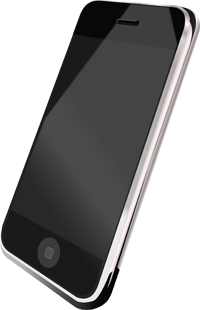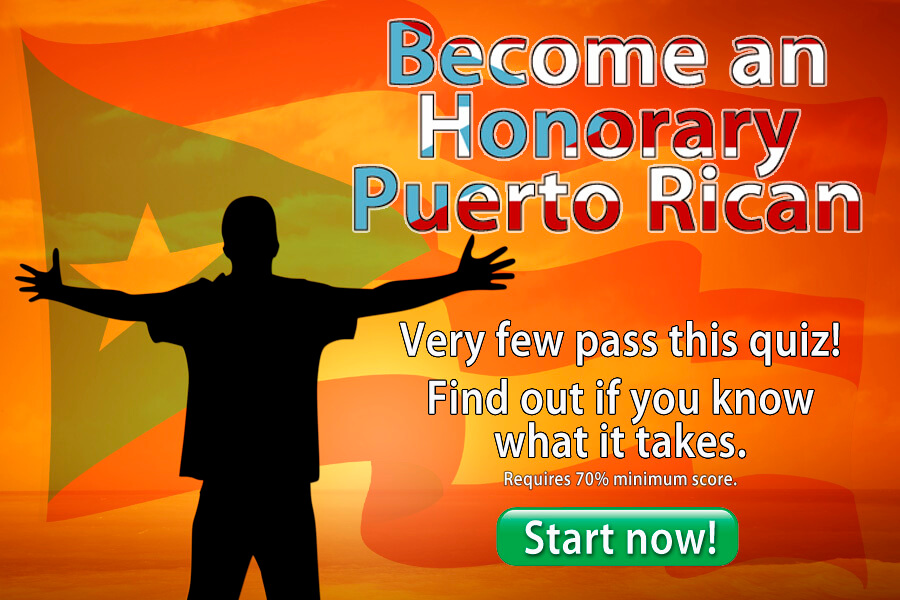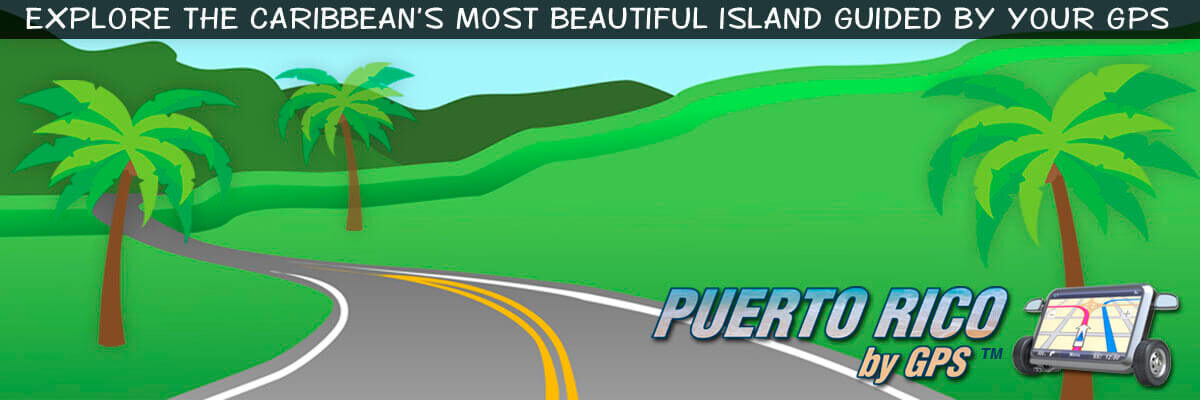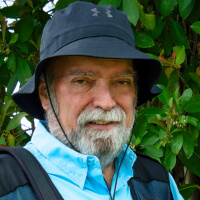 Millions of habitual tourists have decided to stay close to home or even stay put altogether. Can you blame them? It’s called virtual tourism. According to “Recommend” magazine only 44% of Americans are planning leisure travel in 2020. Of those, 81% will take a day trip and 72% expect to take overnight vacations. Most importantly, the overwhelming majority don’t expect to take cruises (only 14%) or airplanes (only 32%).
Millions of habitual tourists have decided to stay close to home or even stay put altogether. Can you blame them? It’s called virtual tourism. According to “Recommend” magazine only 44% of Americans are planning leisure travel in 2020. Of those, 81% will take a day trip and 72% expect to take overnight vacations. Most importantly, the overwhelming majority don’t expect to take cruises (only 14%) or airplanes (only 32%).
And who can blame them? Would you spend the next 7 days of your life on a ship with thousands of strangers, running the risk of being infected with coronavirus? That’s called Russian roulette in my book. And what about planes. Airlines tried to lure tourists leaving an empty seat between passengers. But that wasn’t enough. People just didn’t buy. Now they’re not even doing that. They expect you to get into an aluminum tube with hundreds of strangers sitting inches apart. I don’t think so.
Consequently, airlines are facing an unprecedented financial crisis and begging Congress for a second bailout. If they don’t get it they’ll lay off thousands of workers. The travel industry, as we know it, is in for some choppy skies.
Cruise ship operators have it even worse. According to KPMG, a network of firms operating in 147 countries, with over 219,000 employees, “in the wake of COVID-19, there will likely be a significant financial impact on revenue for all cruise operators, which could make it difficult for many cruise liners to attract customers and result in closures”. Furthermore, “shares for the largest three cruise organizations were $30.30, $10.50 and $12.60 respectively on April 1, 2020, approximately 70 – 80 percent lower than the beginning of this year”. That spells rough seas.
So What Does This All Mean For Local Tourism?
Government should stop wasting money trying to lure international tourists. They’re not coming!!! Most of them will stay close to home or stay home altogether. It’s called a “staycation”, and it has been one of many public reactions to government’s mismanagement of the Covid-19 pandemic. People are taking matters into their own hands. It’s every man and woman for him/herself. And in such a scenario people do what they believe is safe for them, not what anyone else suggests.
Once you get that out of the way, there are many things local governments can do to help keep their own tourism industries alive and afloat. For one, they can redirect those marketing dollars towards bailing out their own people. Covid-19 and the present pandemic aren’t going to last forever. There will eventually be a vaccine and we’ll all return to “normal”, whatever that is or was before the crisis. But it’s not going to be soon and it’s certainly not going to be in time to save thousands of hurting businesses.
I know this goes against conventional wisdom, at least against the kind of “conventional wisdom” that favors bailing out large enterprises and leaving the small guy to fend for himself. But in this case the former is the recipe for disaster. Things are what they are, not what we would like them to be. The vaccine will probably take a year or longer, many more people are going to die, the government will continue to misjudge and mismanage the situation, and many businesses are going to colapse regardless of how many bailouts they receive.
The difference is one of numbers and proportions. The world will go on spinning with fewer airlines and fewer cruise operators, but local tourism will colapse if we leave the little guy to his/her own luck.
Armchair Tourists, An Emerging Phenomena
David Ogilvy, one of history’s most recognized advertising experts, used to say that one of the first economic sectors to get hurt in a financial crisis is advertising. In layman’s terms: “when the shit hits the fan business people curl into their little cocoons and stop spending”. On everything!!! At first glance this sounds logical, but in a practical sense it’s a mistake. It’s certainly wise to curtail certain expenses in the midst of a financial downfall, but not advertising. Why? Because those who advertise during a financial downfall are the very ones that will be remembered (top of mind) once the situation returns to normal.
That was Ogilvy’s thinking in his best selling book “Ogilvy on Advertising”, back in 1983. Today things are a little different, not in a matter of substance but in the tools.
Many tourists have decided to sit 2020 out. They’re staying put. They’re staying safe!!! No one is going to lure them onto a flying tube or onto a floating petri dish. But that doesn’t mean that they are not going to travel. Sure they are!!! They’re just going to do it from the comfort and safety of their own home. For these people 2020 will be a staging period for 2021, or maybe even 2022. They’re going to watch every possible YouTube video, enjoy the pictures on Instagram and Pinterest, read blog articles, listen to podcasts and explore from the comfort of their armchairs. They’re going to “ride out the storm”. So I guess we could call them “armchair tourists”.
If I were a player in the tourism industry (which I am in a way), regardless of what kind of business I was in, I would be telling potential tourists about the marvels of my surrounding area. And in my case, of course, that’s Puerto Rico. You can be tempted to tell them about the marvels of your particular product or service, but believe me… no one will care. I’m sorry for the bluntness, but it’s the truth. Tourists don’t care about you. They care about themselves. However, if you tell them about the attractions around you, regardless of what specifically, and they do decide to visit your area in the future, who do you think they are going to remember? And the more you tell them, the more they’ll remember you.
Ogilvy’s world revolved around advertising, but that will hardly work today. Advertising is sales in print, as Ogilvy so brilliantly put it. The problem is that in today’s world people still like to buy, but they hardly like to be sold to. That’s why many traditional adverting agencies are in trouble, and it’s also why the more progressive ones have migrated to the Internet and onto social media.

Today’s consumer has access to the world in his pocket.
Today’s consumer has access to the world in his pocket. So it’s hard to lure him/her by controlling information (which in a sense is what marketing does). He/she likes to explore and arrive at his/her own decisions. He/she hates to be told what to do, or when and how to do it, which is ultimately what advertising seeks to achieve. Then what?
Well, there are many ways to reach this kind of tourist, all of which are information-based. The entire site you are on is a living example. Take the series of YouTube videos about Puerto Rico that I’ve been publishing for years (the ones on the right sidebar of this post). I post them on my PuertoRicoByGPS channel and here on my website. They contain NO advertising. They don’t speak about me either. They just speak about the wonders of Puerto Rico. So what’s in it for me? Well, they do say who makes them and they do mention Puerto Rico By GPS, where I hand out even more information for free. So, don’t you think there’s a chance that people who watch my videos will end up checking out Puerto Rico By GPS as well? And if I were to sell something that’s where I would do it.
You can do the same thing for a hotel, for a tour operator, for a car rental company, and basically for any kind of tourism related business. The trick is to resist the temptation to make it about you. People want true honest-to-god information, not advertising. And please have the guts to tell them the truth!!! People will respect you for it it.
The oposite is also true. People will hate you for lying, for covering up shoddy service, third-rate facilities and mediocre locations. Tell it like it is. They’ll love you for it.
So What Should You Cover?
Well, that’s the tricky part. There’s a method to the madness. You can’t just do it willy nilly. If you do you’ll have a lot of fun but no one will consume your content. Hell. even if you do things “by the book” there’s still a chance that no one will consume your content. And believe me, it hurts deep inside to labor on a YouTube video, on a blog post or on a podcast episode for days only to get a handful of views or clicks. But then there are also those lonesome “unicorns” that catch fire and make it all worth it. Think of it this way. You have the downtime anyway and the medium is free.
To increase your odds the trick is to follow a process that includes keyword research, scriptwriting, voice recording, filming, production, rendering, publishing and promotion. And then do it again, and again, and again… many many times!
Keyword research will tell you what people are looking for so you can produce content that people will actually be interested in consuming. That doesn’t mean that every piece that you produce has to be a mega hit, but strive to have the occasional hit. Then mention the smaller, more obscure, pieces within the hits. That way the more successful pieces will help carry the smaller ones.
And it doesn’t have to be YouTube videos either, although tourism is mainly a visual thing. You can also write, produce audio content, post pictures or any combination. Common sites to announce your content include Facebook, LinkedIn, Instagram, Pinterest, YouTube, TikTok and many more. The trick is to understand the culture, demographics and psychographics of each of these sites and produce content that will fit each one.
And keep in mind that all of these sites run on an algorithm that controls who gets to see your content. Some of them are keyword driven like YouTube, Google and Pinterest and others are behavior and interest driven like Facebook, Instagram and LinkedIn. All of them started with generous access to traffic in order to lure people in and collect their data, but today it’s mostly a pay-to-play environment. If you don’t pay almost no one will see your content, with the notable exception of YouTube, your own blog or your podcast.
And what makes YouTube, your blog and your podcast different? Well, YouTube is the world’s second largest search engine and it’s tag driven. Tags is just a different name for keywords. Your blog and your podcast live on the Internet, which in turn depends on Google to supply traffic. Google is the world’s largest search engine and it too is keyword driven. That means that the success of your content, on both these platforms, will largely depend on SEO (search engine optimization) and frequently publishing fresh and relevant content to “feed the beast”.

And don’t believe what they tell you that anyone can do it. You can spin your wheels for years before gaining any traction or you can find someone who actually knows what he’s doing and hire him/her. It’s your time and your money and you have to spend one of them.
But look at it this way. At this moment in time it doesn’t matter what you do. Only a trickle of tourists will be coming your way. Regardless if you are in Paris, Montana or in Puerto Rico. People are just staying put!!! If you are one of the lucky ones that can weather the storm, while everything around you returns to “normal”, why not spend that downtime wisely producing content that potential visitors will remember you by?
Time is going to go by anyway. You can complain, wait, sob and hope that tomorrow will be a better day, or you can make it better. You can spend that time intelligently putting hundreds of little hooks in the water for when the fish return… and, believe me, they WILL return. It’s your choice.
©2020,Orlando Mergal, MA
____________________
Bilingual Content Creator, Blogger, Podcaster,
Author, Photographer and New Media Expert
Tel. 787–750-0000, Mobile 787–306-1590
#virtualtourism #armchairtourist #pandemia #prtourismcompany #prtourism #puertorico #orlandomergal #puertoricobygps #puertoricophotography




